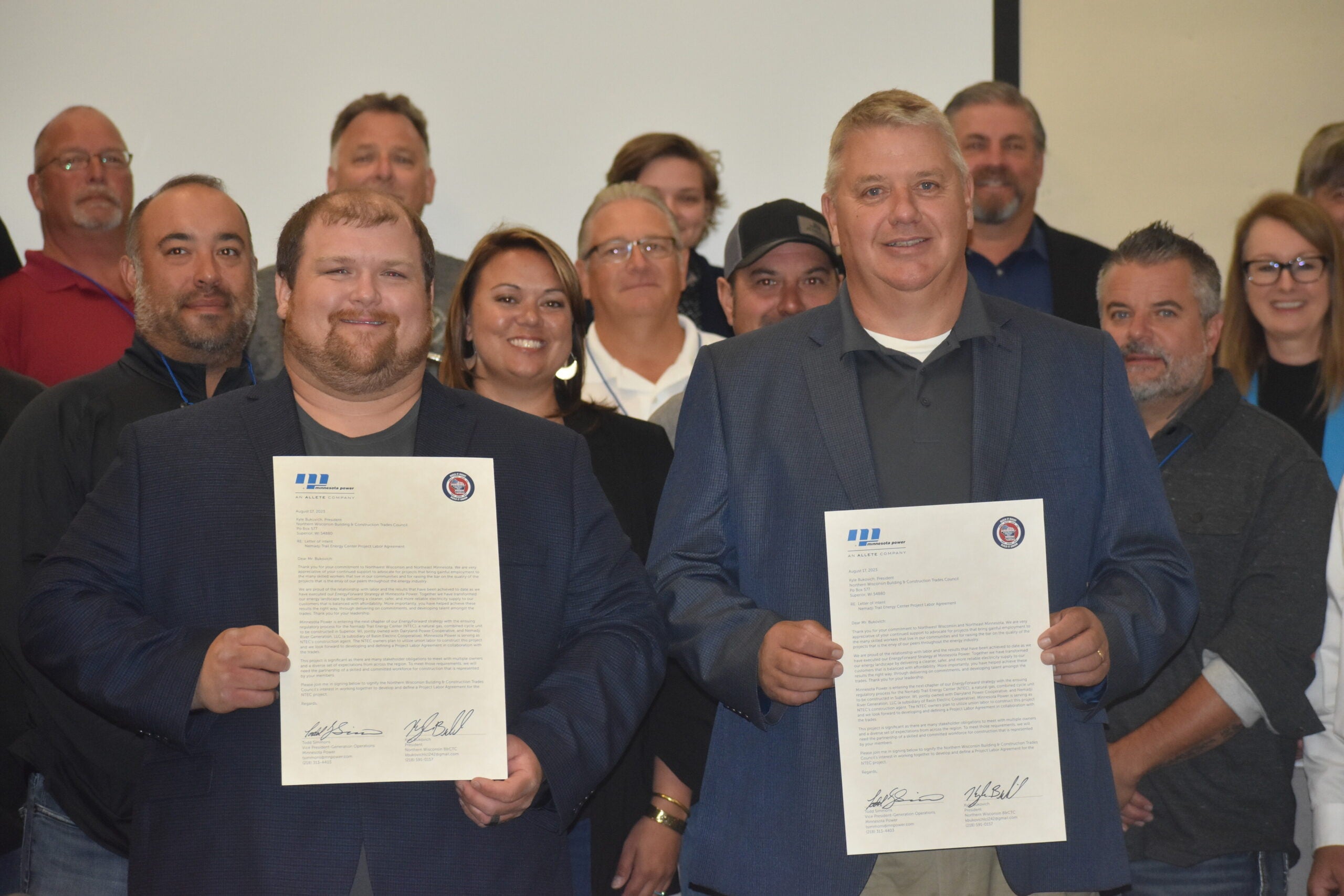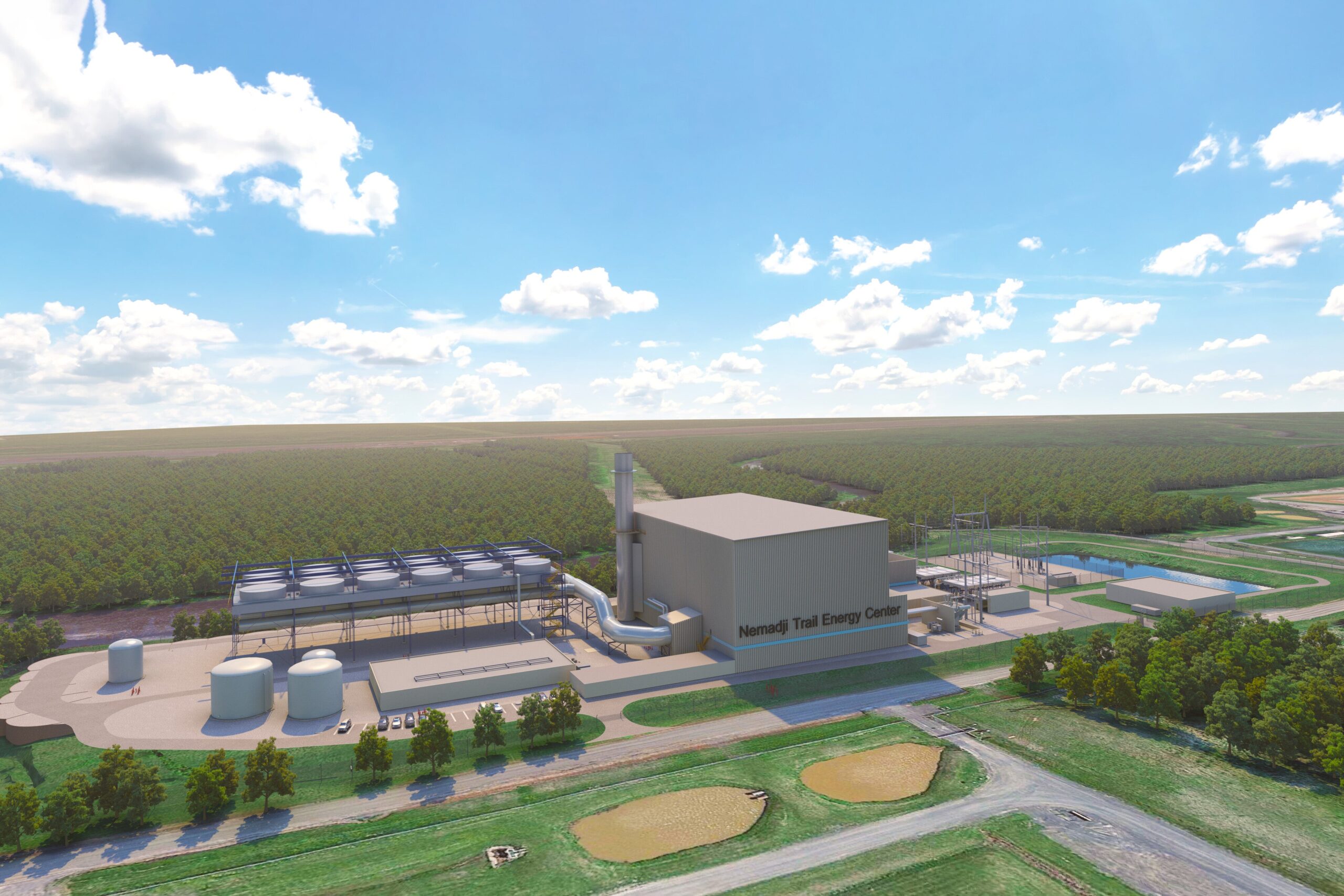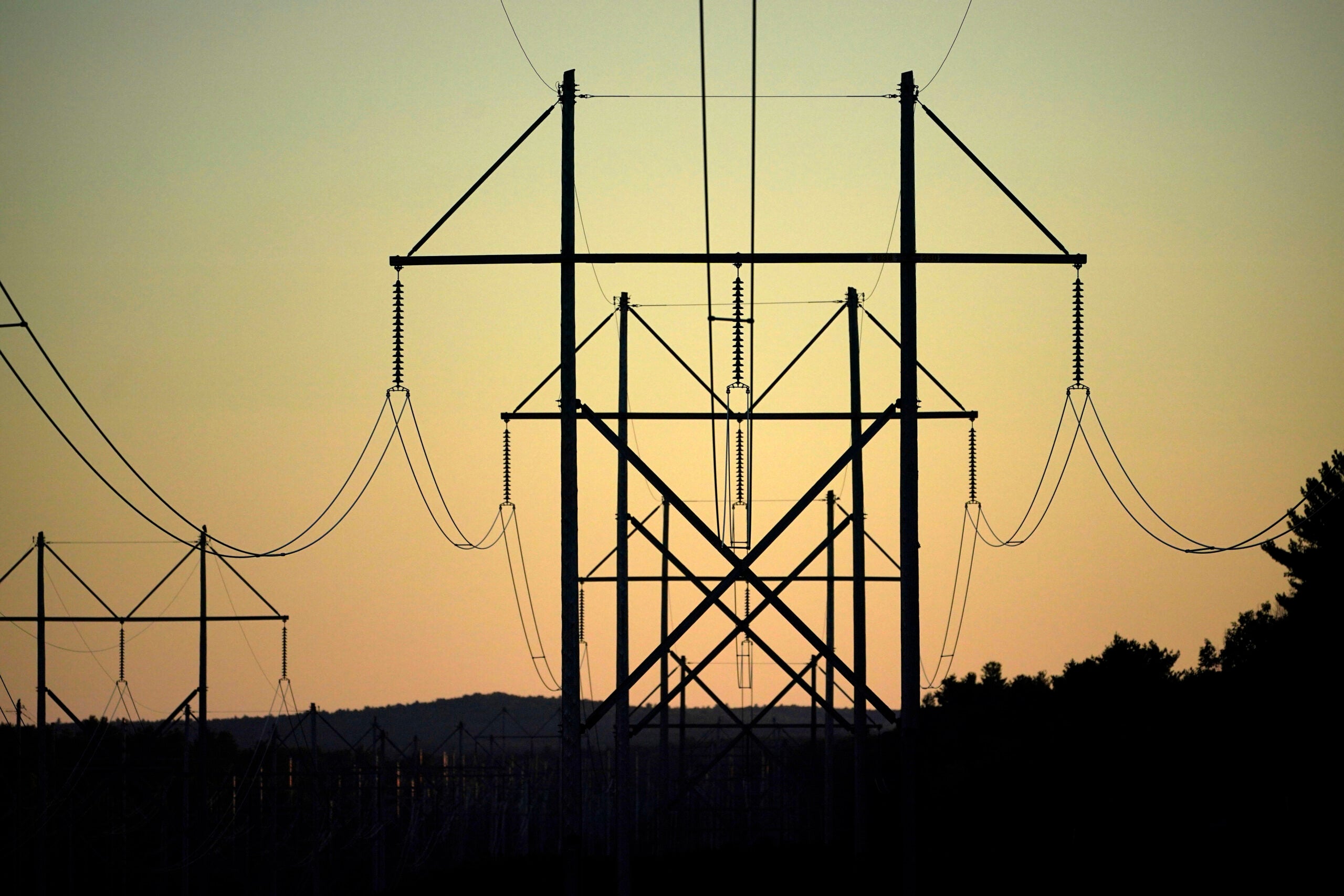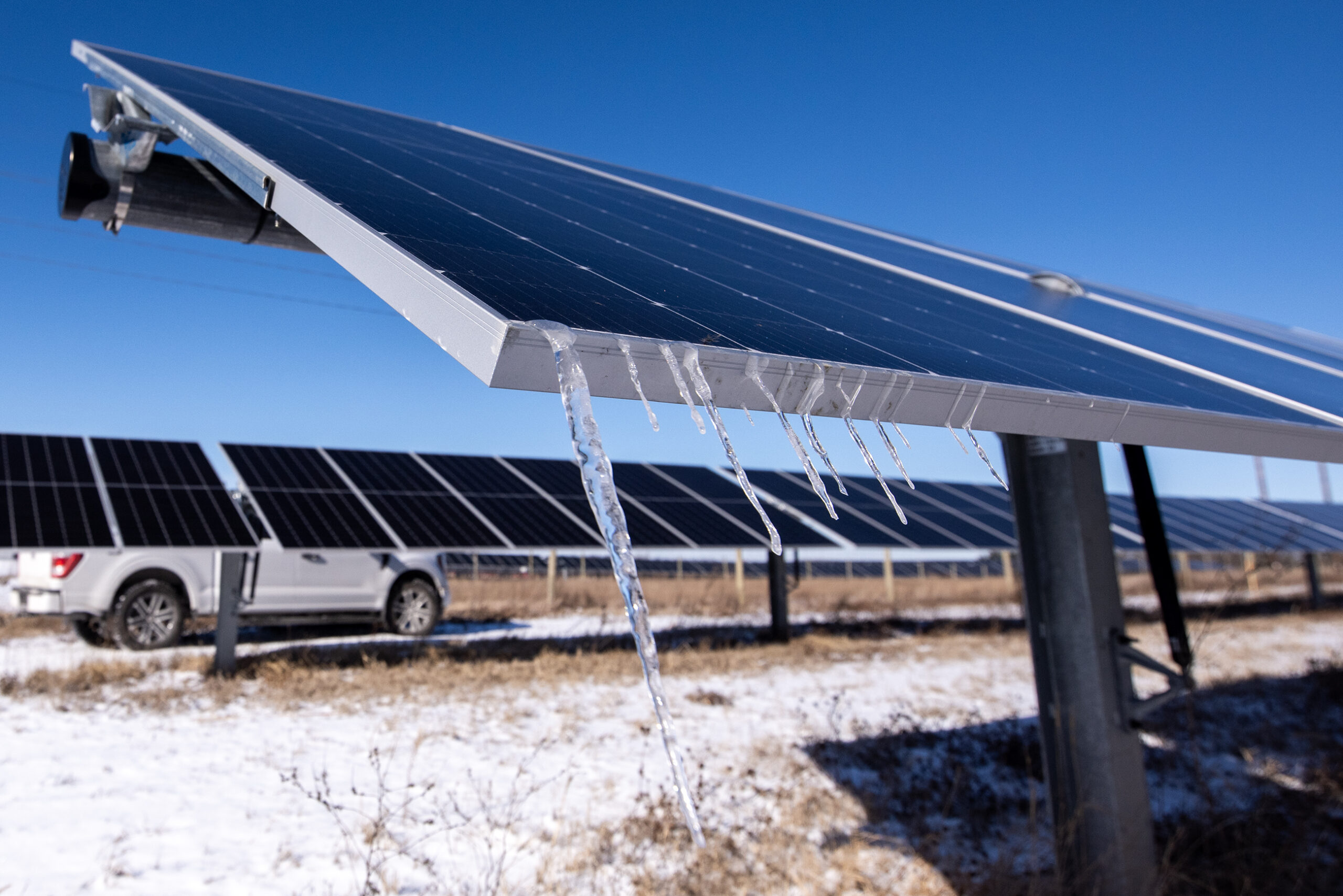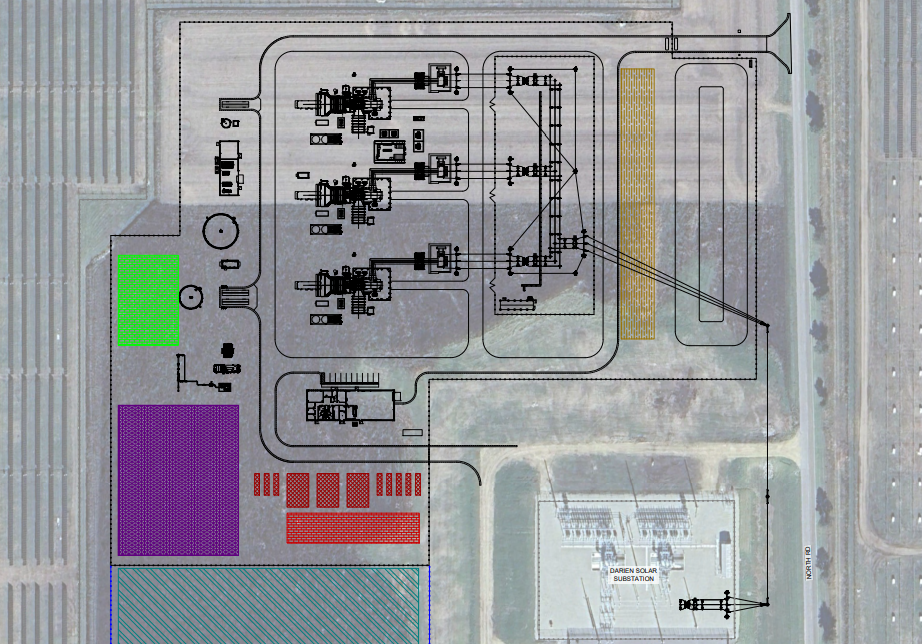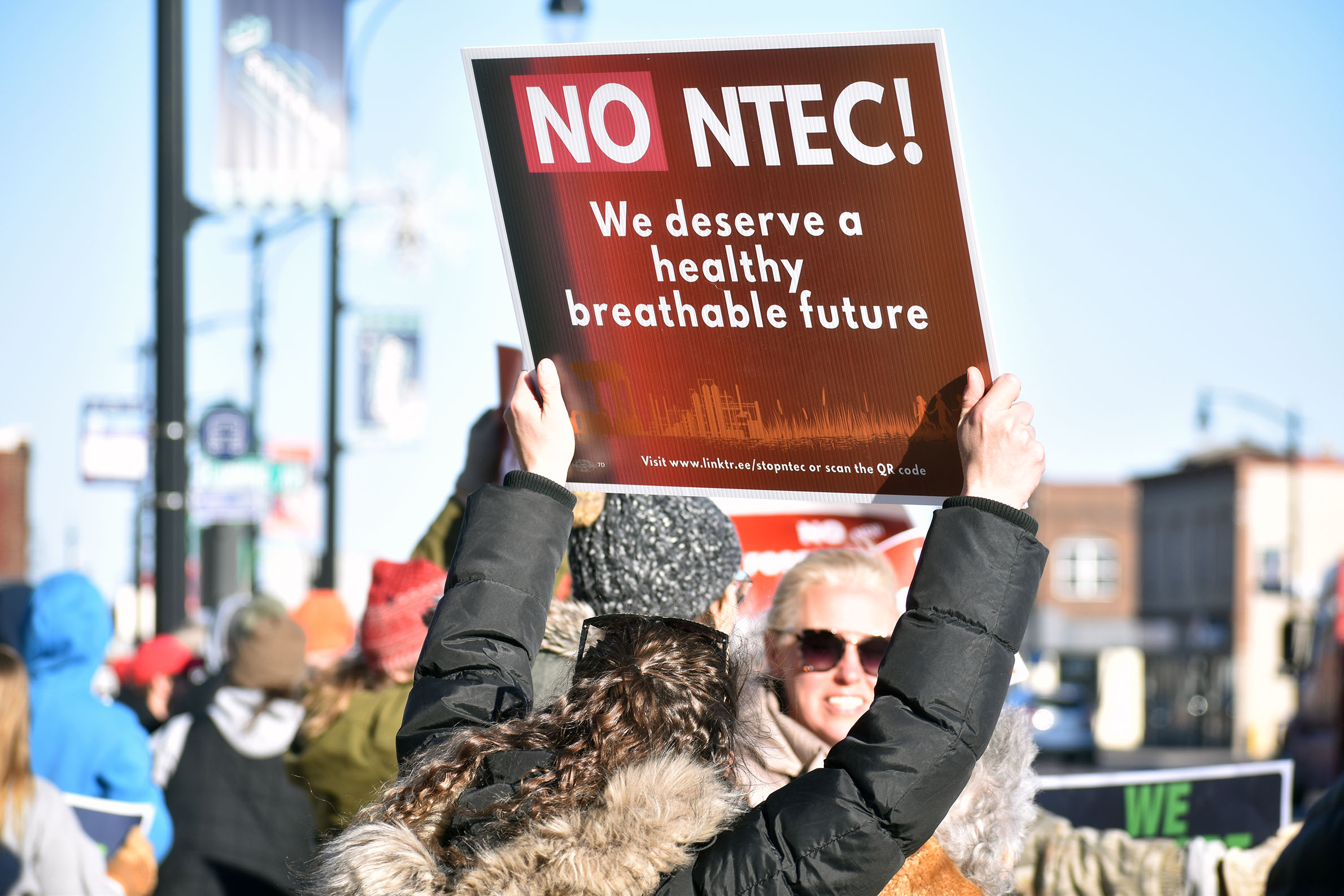Several power providers hope to begin construction next spring on a roughly $700 million gas-fired power plant in Superior despite regulatory hurdles and opposition from environmental groups.
On Thursday, Minnesota Power signed a letter of intent to enter into a project labor agreement with the Northern Wisconsin Building and Construction Trades Council as part of plans to build the 625-megawatt Nemadji Trail Energy Center in Superior. The project was first proposed in 2017, but it’s been the subject of multiple legal challenges and environmental reviews.
The utility is working with La Crosse-based Dairyland Power Cooperative and a subsidiary of Basin Electric Power Cooperative in North Dakota to build the gas plant along the Nemadji River. At an event announcing the agreement, Kyle Bukovich, president of the trades council, said the project would create 350 jobs for its members during peak construction.
News with a little more humanity
WPR’s “Wisconsin Today” newsletter keeps you connected to the state you love without feeling overwhelmed. No paywall. No agenda. No corporate filter.
“The state-of-the-art facility will safeguard reliability of the electric grid as Minnesota Power and its partners Dairyland Power and Basin Electric advance a clean energy future,” Bukovich said. “This project represents the largest private investment in Douglas County history.”
If built, the plant would invest $1 billion in the region over the next two decades and create about 25 full-time positions. Jennifer Cady, director of regulatory and legislative affairs for Minnesota Power, said the utility is also bringing “large quantities” of wind and solar onto the regional power grid.
“But right now, we still need something that can keep the lights on when those resources aren’t available, and that’s the role that NTEC plays,” Cady said.
Cady said the project would help reduce emissions by displacing coal plants. Minnesota Power has already closed seven of its nine coal units. She noted burning natural gas produces about half the emissions of coal-fired units.
She added that renewable energy makes up half of the utility’s power mix, and Minnesota Gov. Tim Walz signed legislation earlier this year that requires utilities to provide 100 percent carbon-free electricity by 2040. That’s a decade sooner than Wisconsin Gov. Tony Evers’ goal to go carbon-neutral in the state’s power mix by 2050.
Meanwhile, Dairyland Power plans to seek a loan from the Rural Utilities Service within the U.S. Department of Agriculture to help pay for the plant as it seeks to cut carbon emissions in half by 2030. Jeremy Browning, vice president of generation for Dairyland, said he believes that fuels like natural gas are necessary over the next 10 to 20 years to provide reliable power as utilities shift to clean energy.
“The challenge with renewables today is we don’t have long-term storage available to us,” Browning said. “So when the sun sets and the wind stops blowing, something is going to have to fill that void.”
Environmental and Indigenous groups including Sierra Club Wisconsin, Clean Wisconsin, and the Red Cliff Band of Lake Superior Chippewa have opposed plans to build the plant.
Jadine Sonoda, campaign coordinator for Sierra Club Wisconsin, said she feels it’s premature for the utility to sign a labor agreement for the project.
“There’s been this ongoing years-long process of an environmental review,” Sonoda said. “There have been really significant questions around the impacts of this plant raised by both organizations like Sierra Club, but also the (Environmental Protection Agency).”
In 2021, the Rural Utilities Service found the project would have no significant environmental impact, prompting groups to petition the agency for a supplemental review. The agency released a supplemental analysis last year that estimated the plant would reduce emissions by about 964,000 tons annually because it would displace coal plants and require less frequent firing.
However, the EPA said the additional review still failed to “fully quantify or adequately disclose” the effects of greenhouse gas emissions. If built, federal regulators said the plant would cause around $2 billion in climate damages from greenhouse gas emissions through 2040.
In its latest environmental review released in July, the Rural Utilities Service found that renewable energy, carbon capture technology, battery storage, and alternative fuels aren’t currently capable of supplying power on demand or in a cost-effective way.
“Therefore, flexible and reliable dispatchable power sources are necessary to close this gap, and high efficiency combined cycle natural gas-fired power plants meet this need better than any other dispatchable resource, while supporting the retirement of coal and reducing reliance on lower efficiency natural gas facilities to further drive GHG reductions in the near-term,” the agency’s review states.
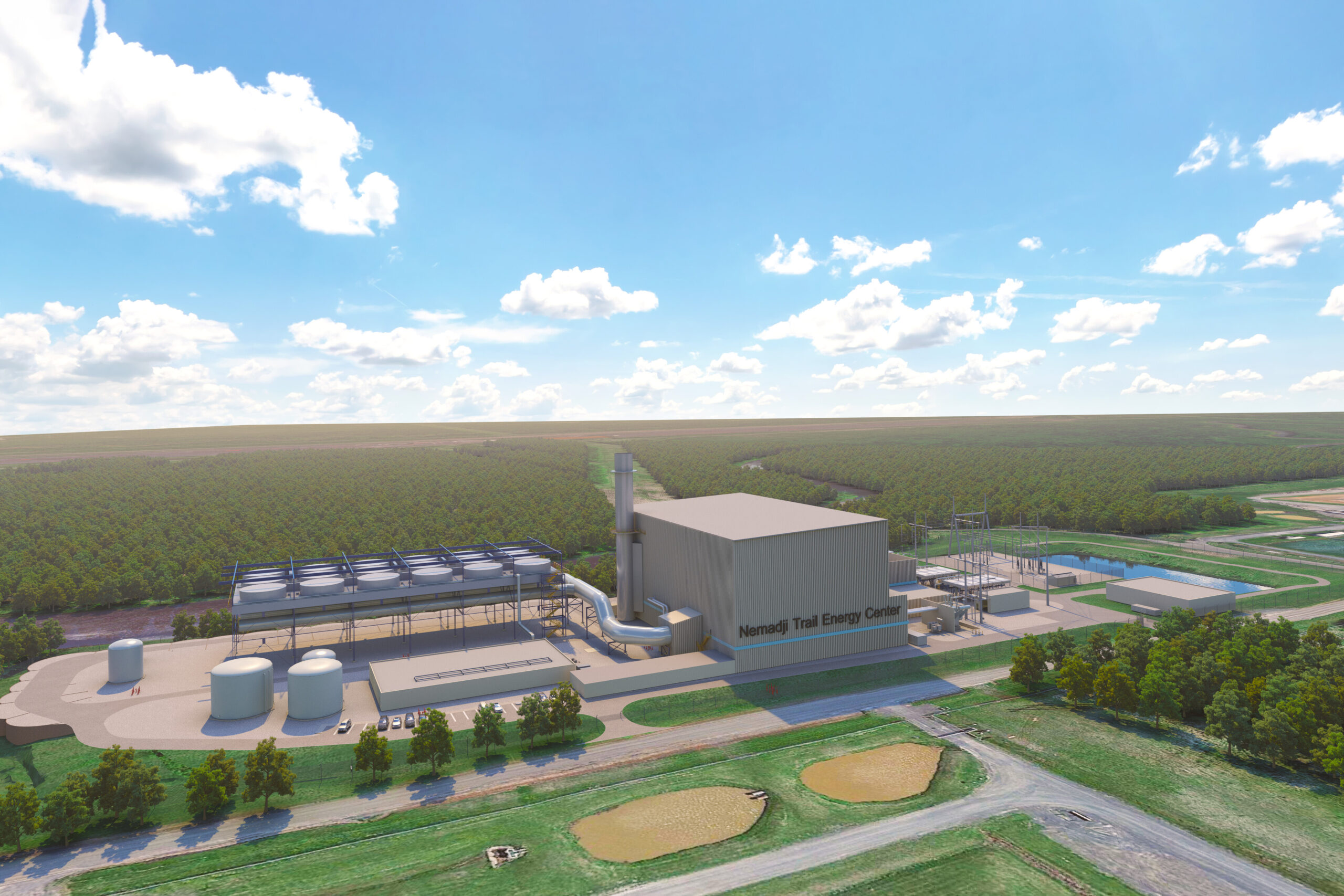
Sonoda said the agency’s conclusion feels contradictory to the billions of dollars in loans that’s being awarded by the Rural Utilities Service for clean energy projects through funding under the Inflation Reduction Act.
Chelsea Chandler, climate, energy, and air program director at Clean Wisconsin, said the renewable energy industry offers family-supporting jobs without the trade-offs to public health that come with fossil fuel infrastructure like the Nemadji Trail Energy Center. She noted that methane emissions from natural gas create roughly 30 times the amount of global warming compared to carbon dioxide.
“The bottom line is if we’re going to get to net-zero emissions and to zero-carbon, we can’t keep building things that are emitting carbon,” Chandler said. “This is a plant that emits 3 million tons of carbon pollution every year. I would say it is very much at odds with where our climate scientists are telling us we need to go.”
Dairyland and its partners say they continue to evaluate technologies that would allow flexibility in the types of fuels used at the Superior gas plant.
“This plant is designed to be able to operate on hydrogen,” Browning said. “If hydrogen does become a fuel source that’s readily available, we can start by blending hydrogen. We can run up to a certain percent, so it’s all about an orderly transition to a carbon-free footprint. You can’t just jump off the cliff.”

The Midcontinent Independent System Operator has also urged the Rural Utilities Service to consider the project’s value in ensuring reliability. The regional grid operator previously warned 15 states, including Wisconsin, could see an energy shortage of 1,200 megawatts. The North American Electric Reliability Corporation also warned the region could see an energy shortfall of 1,300 megawatts this summer.
The Red Cliff tribe requested a more thorough review of the plant and its effects on environmental justice, including the indirect effects on Indigenous women. They said Indigenous women may be impacted by extraction and transportation of natural gas for the project. The Rural Utilities Service concluded the project would not be linked to increased criminal activity, including human trafficking.
The tribe also wanted the agency to review potential impacts to the remains of ancestors from the Fond du Lac Band of Lake Superior Chippewa in Minnesota. In 1918, nearly 200 Ojibwe graves were removed from the burial grounds of Wisconsin Point in Superior on the western edge of Lake Superior. The remains were reburied at St. Francis Cemetery in Superior, which is located near the preferred site of the proposed gas plant. The agency claims the cemetery wouldn’t be affected by the project.
The Rural Utilities Service is still accepting public comments on its revised supplemental environmental assessment until Sept. 12. Pending regulatory approvals, the facility’s owners anticipate the plant will begin operating in 2027.
Editor’s note: A previous version of this story reported that Minnesota Power signed a project labor agreement. It has since been updated to reflect that the utility signed a letter of intent to enter into a project labor agreement for construction of the gas plant.
Wisconsin Public Radio, © Copyright 2025, Board of Regents of the University of Wisconsin System and Wisconsin Educational Communications Board.

